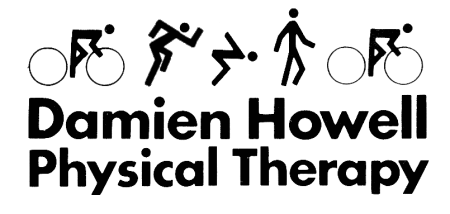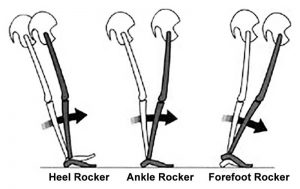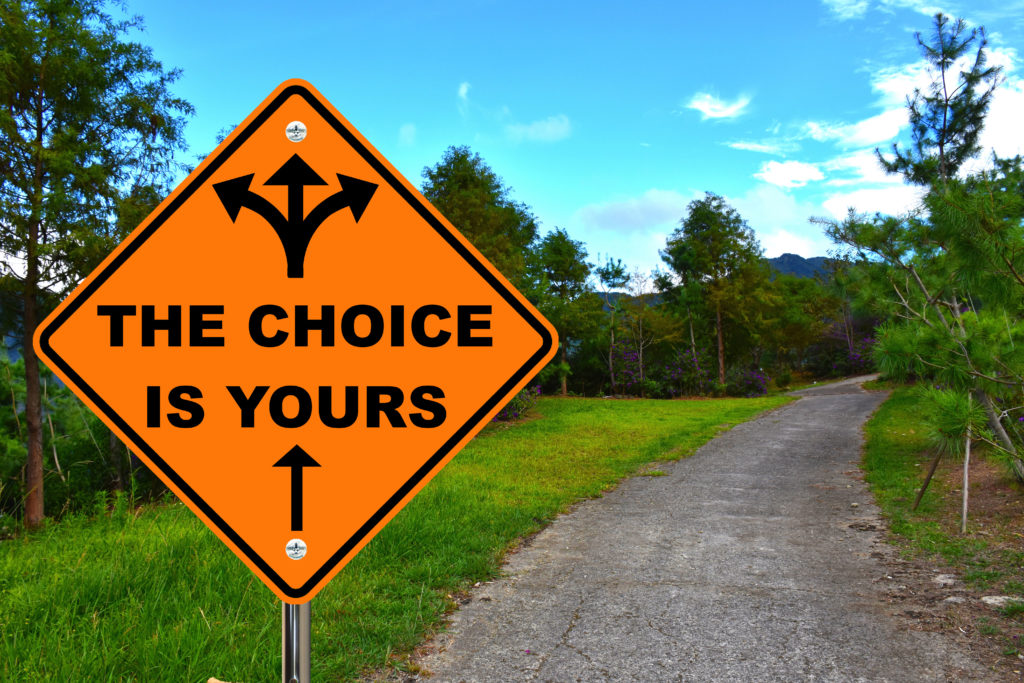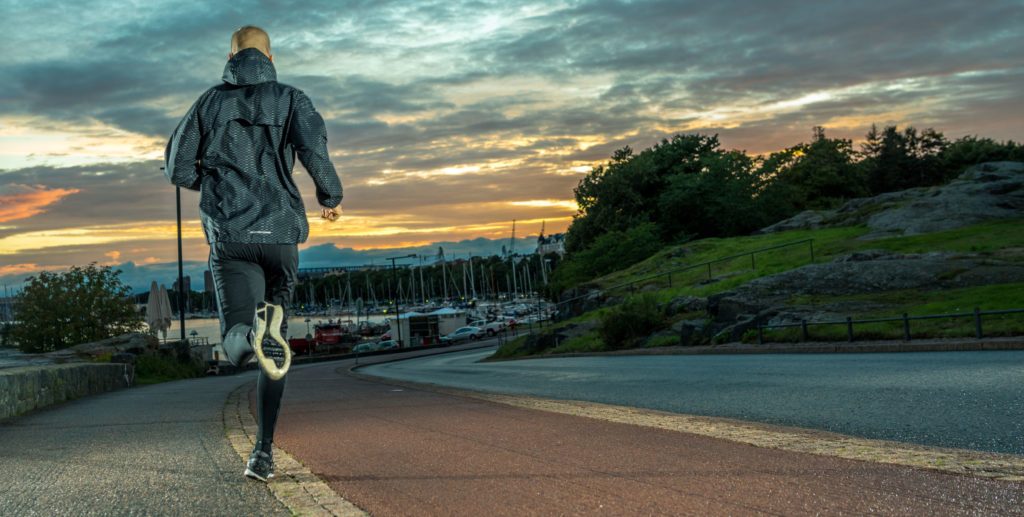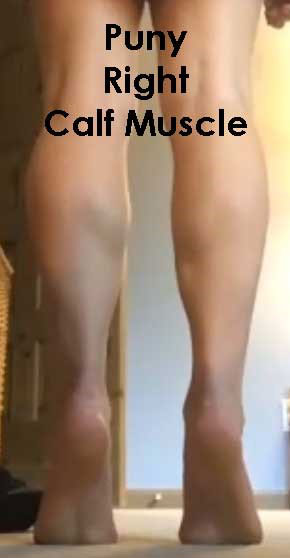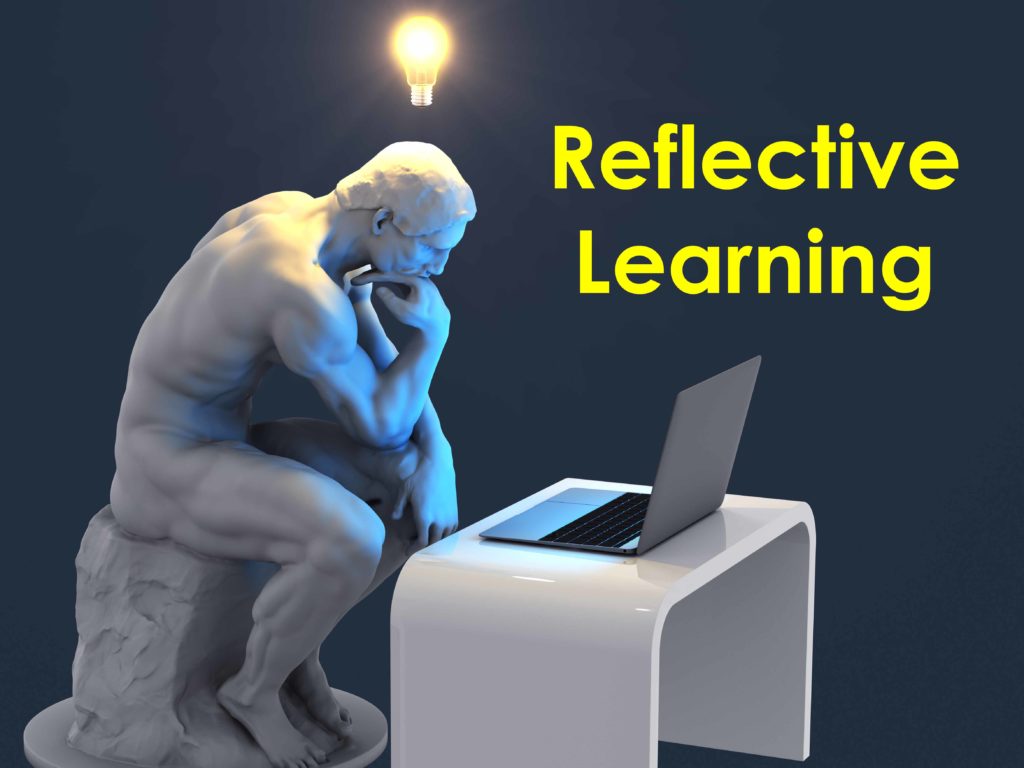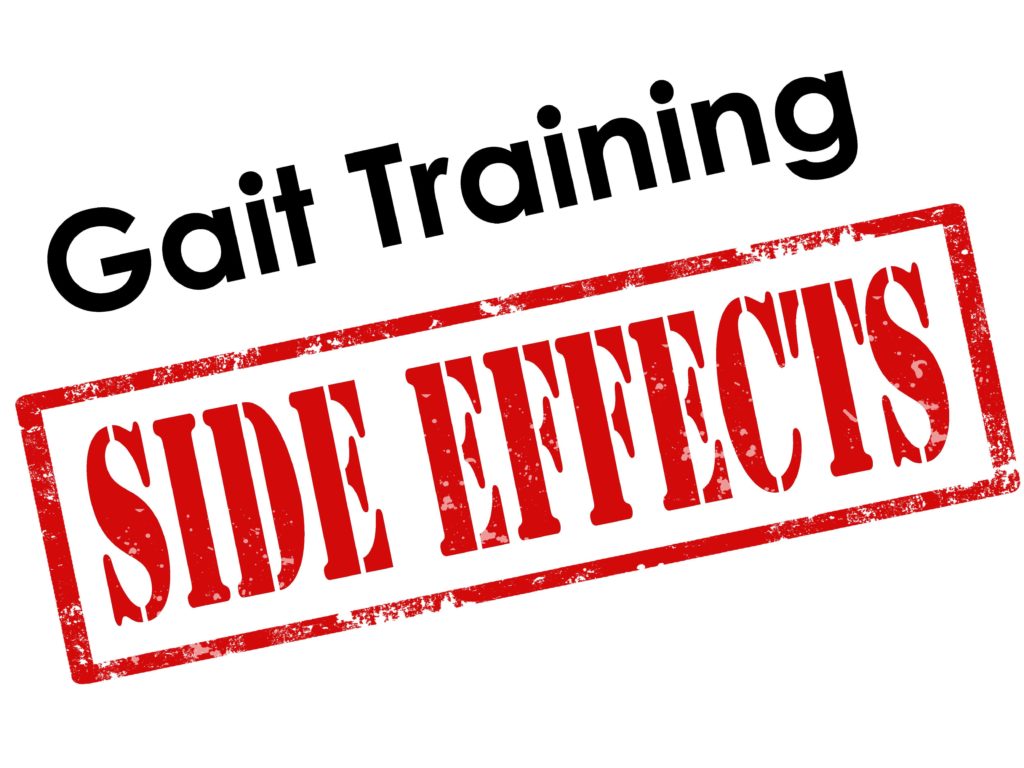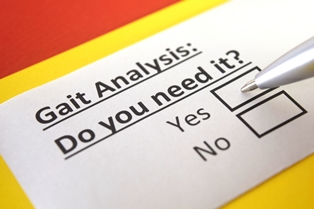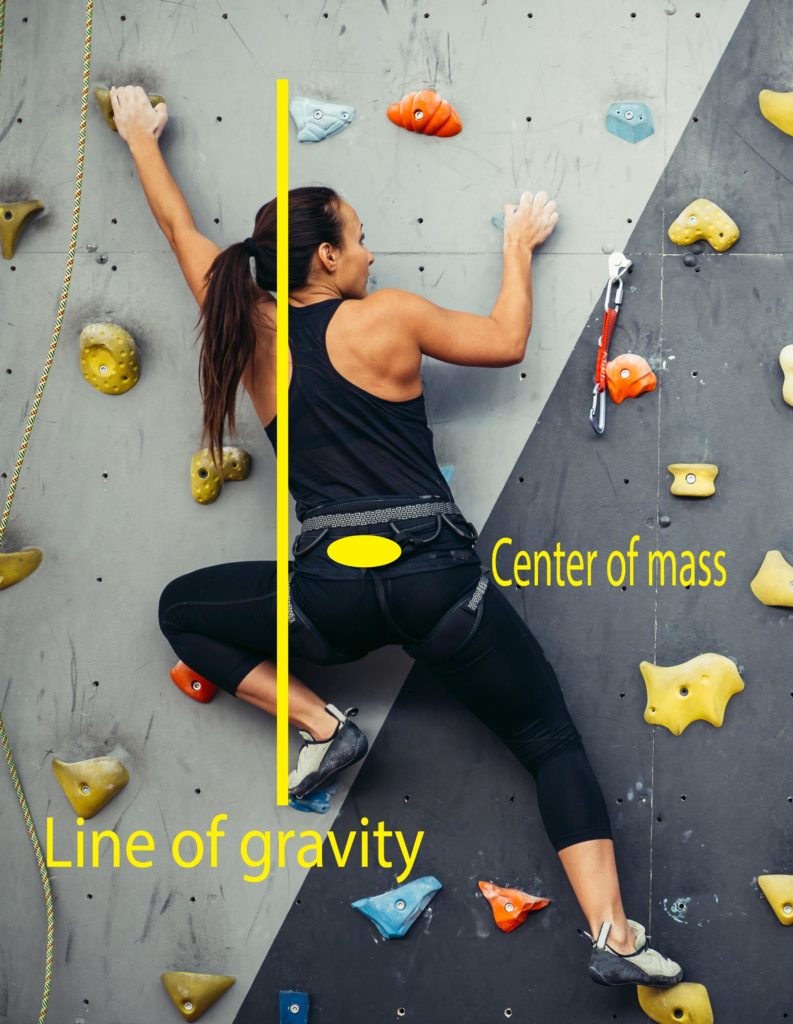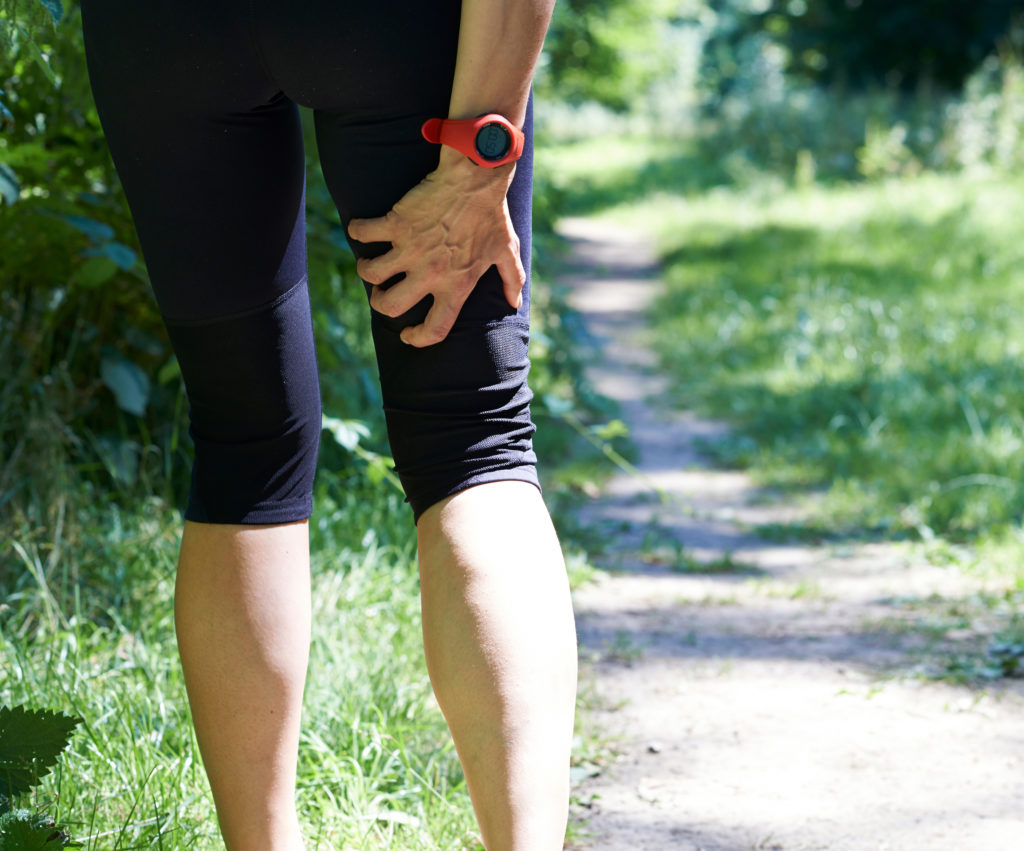Gait deviations clustering gait deviations – injury – new data
In a previous blog article, I discussed the question “Is there a gait deviation or cluster of gait deviations which is common across musculoskeletal pain syndromes?” The consensus is currently there is no definitive evidence suggesting one gait deviation or cluster of gait deviations occurs more frequently or is more important than another. More research…
Read MoreChoice of feedback for learning new movements
A common practice when addressing painful musculoskeletal pain syndromes is the symptom modification procedure. This procedure involves identifying the specific movement, posture, and/or activity that reproduces the patient’s symptoms. The symptom modification procedure alters performance. It is relatively quick as it occurs in one session. Altering performance is different than learning. An altered performance is…
Read MoreDownhill running – up does not equal down
Running uphill does not equal downhill running. The faster speed of running downhill does not equal the slower speed of running uphill. The rule of thumb expressed in Jack Daniels’ Running Formula the classic book by running guru Jack Daniels, states that every percent gradient of uphill will slow you by 12 to 15 seconds…
Read MorePuny Calf Muscles Syndrome
It is time to replace the common belief that stretching exercises should occur before exercise or sporting activity with a newer concept that strengthening exercises for the calf muscles should occur before exercise or sporting activities. During warm up for exercise & sporting activity make a conscious effort to walk with spring in your step. Reactivating & reversing puny calf muscles can prevent injury, increase athletic performance, forestall old person shuffle, & look better.
Read MoreUsing slow-motion video for continuing education & professional development of healthcare provider
A video image of movement can facilitate our innate skill of curiosity the need or desire to know and learn. Physical therapists are movement specialists who observe human movement, analyze it, and develop plans to manage movement system impairment syndromes. An important tool used in the analysis of movement and management of movement system…
Read MoreSide Effects Occur During Gait Training
A side effect is a secondary effect, typically undesirable effect of a drug or medical intervention. Any intervention that can produce a therapeutic effect can also produce side effects or adverse effects. The current standard of practice is to provide informed consent before beginning evaluation and treatment. Informed consent includes identifying the benefits and…
Read MoreClinical Predictive Rules for Management of Plantar Heel Pain
Medical professionals rely on clinical practice guidelines to have better outcomes, lower utilization of care, and lower costs. These guidelines have limited value since they often fail to keep up with new research findings or recently available diagnostic or therapeutic interventions. For example: clinical practice guidelines are available for plantar heel pain (plantar fasciitis) from…
Read MoreMountain Athlete: 2-Dimensional Video Slow-Motion Analysis
I have been asked to present a continuing education webinar to members of the National Strength and Conditioning Association. The theme of the program is Human Performance the “Mountain Athlete” What is a “Mountain Athlete”? Athletic activities that occur in the mountains are skiing, climbing, Spartan racing, adventure racing, trekking, adventure racing, mountain biking, and…
Read MorePotential Prevention Strategy for Exercise Associated Muscle Cramps
Exercise associated muscle cramp (EAMC) is a painful, spasmodic, and involuntary contraction of muscle that occurs during or immediately after exercise. The exact mechanism or cause of EAMC still remains unclear. There is a consensus the first aid treatment of EAMC is to stretch the affected muscle. However, Coppin and colleagues conclude that regular stretching…
Read More